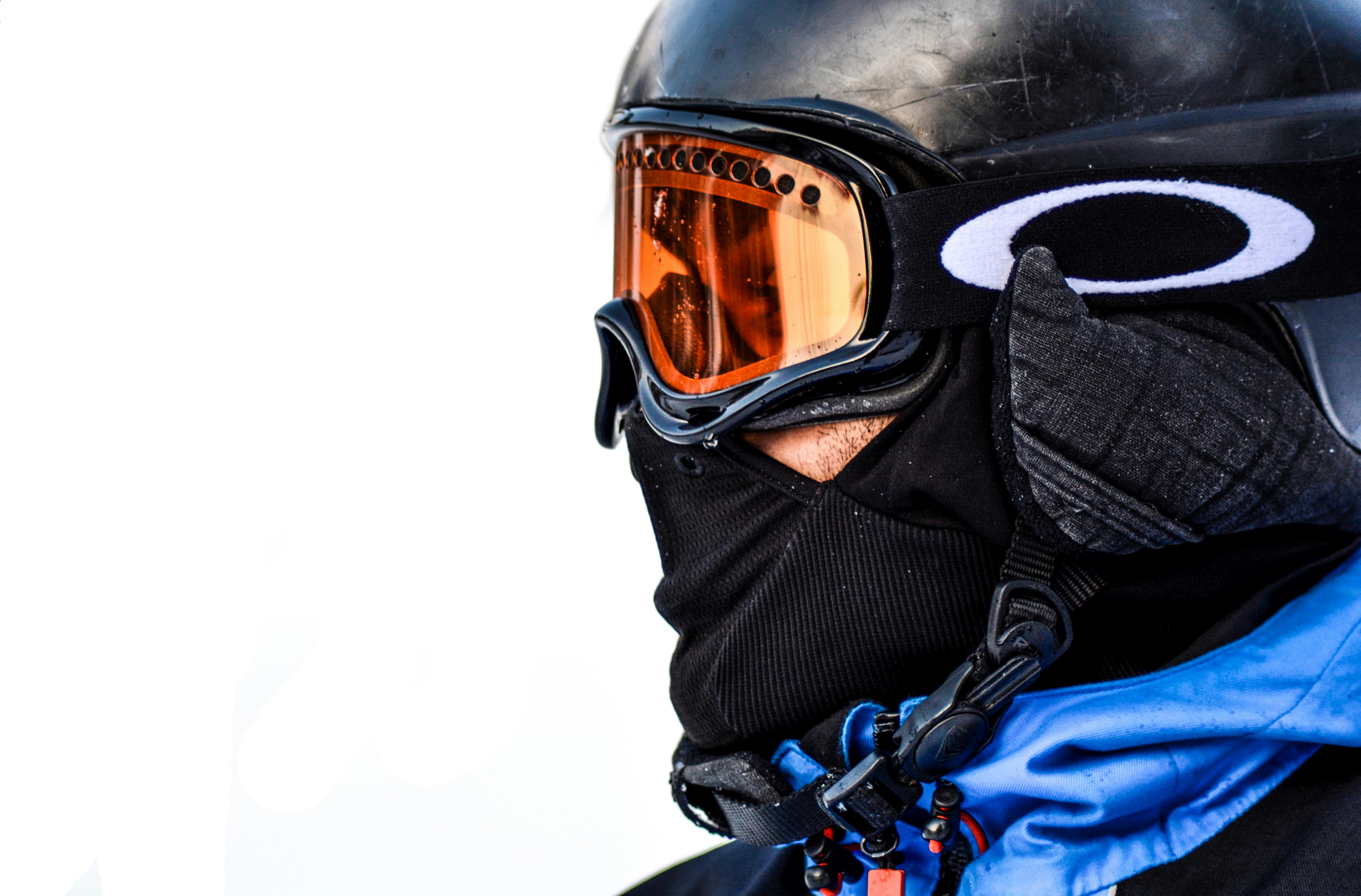Ski Clothing and Helmets: What to Wear for Winter Skiing
Choosing the right ski clothing and a properly fitting helmet affects comfort, warmth, and safety on the slopes. Whether you’re a beginner or an experienced skier, understanding layering, jacket features, helmet fit, and garment maintenance helps you enjoy skiing in varied winter conditions while managing moisture, temperature, and impact protection.

What ski layers are essential?
Layering is the foundation of comfortable skiing. Start with a moisture-wicking base layer made of synthetic fabrics or merino wool to pull sweat away from skin. Add an insulating midlayer—fleece, lightweight down, or synthetic fill—to trap warmth. The outer shell should be waterproof or water-resistant and breathable to block wind and snow while allowing moisture to escape. Adjust layers based on activity level and temperature: remove a midlayer during vigorous uphill travel or add one for cold, windy days.
How should a jacket perform?
A ski jacket must balance weather protection, breathability, and mobility. Look for a durable outer fabric with a DWR (durable water repellent) finish and a waterproof/breathable membrane if you expect wet snow or variable conditions. Sealed seams and a good snow skirt help keep snow out during falls. Practical features include adjustable hoods that fit over helmets, vents for temperature control, glove-compatible cuffs, and secure pockets for essentials. Insulated and shell jackets serve different needs—insulated options add warmth, shells offer versatility when layering for changing winter conditions.
What protects you while skiing?
Helmets are designed to reduce the risk of head injury from falls and collisions by absorbing impact forces. Important helmet features include proper fit (snug around the head without pressure points), full coverage over the temples and the back of the head, and an adjustable retention system to keep the helmet stable. Look for helmets that meet recognized safety standards applicable in your region (for example, ASTM or EN certifications). Additional options such as MIPS or other rotational-impact systems are available; these aim to reduce rotational forces in certain impacts. Replace helmets after a significant impact and consult manufacturer guidance regarding service life.
How does clothing affect winter safety?
Appropriate clothing supports safety by regulating body temperature and maintaining dexterity. Overheating and sweating can lead to chill when activity levels drop, so breathable fabrics and ventilation are practical safety features. Bright colors or reflective details increase visibility on crowded runs and in low light. Gloves or mittens that balance water resistance and insulation are essential for hand function and injury prevention. Proper boots and well-fitted bindings complement clothing choices by ensuring control and reducing the chance of falls due to equipment issues.
How does apparel support this sport?
Skiing combines aerobic effort, balance, and intermittent rest; apparel should enable movement while protecting against the elements. Stretch panels and articulated cuts improve freedom of motion for turns and pole planting. Lightweight, compressible insulation helps skiers pack layers for multi-day trips or variable weather. Gear choices also influence convenience: backpacks with ski-carry options, helmet-compatible hoods, and jacket pocket layouts designed for passes and goggles streamline on-mountain logistics. Choosing materials with quick-drying and odor-resistant properties can extend comfort during multi-day outings.
Conclusion
Selecting appropriate ski clothing and a helmet involves matching technical features to conditions and personal needs—layering for moisture control, a jacket that balances protection and ventilation, and a helmet that fits and meets safety standards. Regular inspection and proper care extend the life and performance of garments and helmets, helping maintain comfort and protection across winter seasons.






